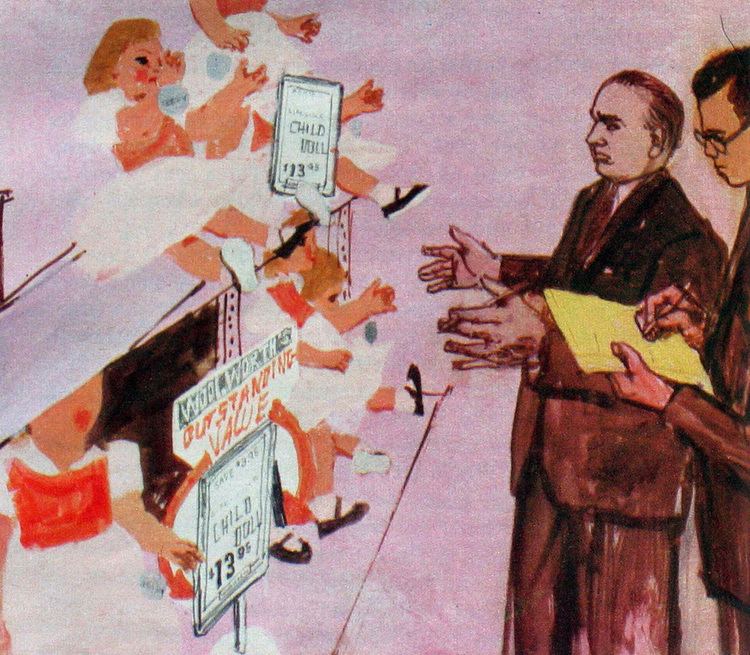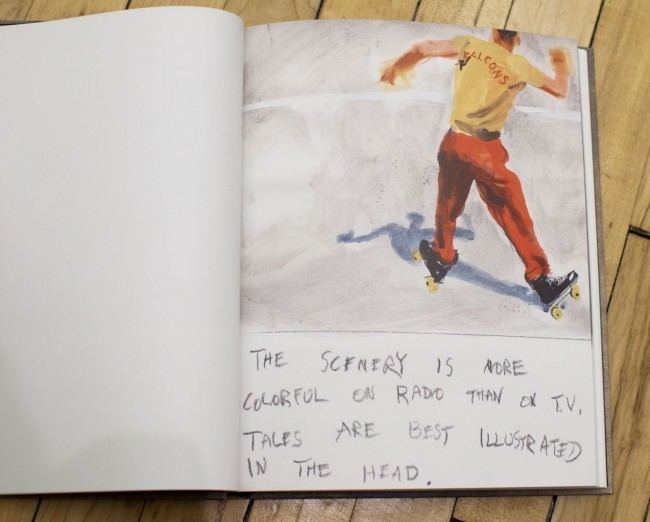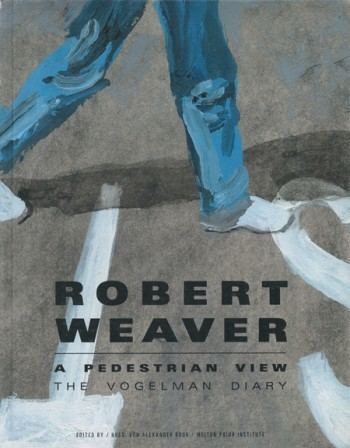Name Robert Weaver | Role Journalist | |
 | ||
Died September 4, 1994, Manhattan, New York City, New York, United States Books Wingnut's Complete Surfing | ||
Robert Weaver (July 5, 1924- September 4, 1994) was an American illustrator who was considered a pioneer of a contemporary approach to the field that began in the 1950s. Beginning in 1952, he embarked on a mission to combine the visual ideas found in fine art with the responsibility of journalist. At the time, many practitioners of illustration were expected to paint and draw for advertising and magazine assignments with artwork that was conservative, idealized and saccharine, while other illustrators such as Ronald Searle, Arthur Szyk, George Grosz, Kathe Kollwitz and later Ralph Steadman and Tomi Ungerer injected their own opinion into the matter. Weaver joined this latter tradition by moving his role of an illustrator from a page decorator to a journalist. He ventured from the typical haven of an illustrator's studio into the world and used a pencil to observe, record facts, and draw real life based visual essays, the way that illustrators such as Burt Silverman and Franklin McMahon did. This approach would later be termed "visual journalism" and in 1983 would form the basis of a special master's degree, Illustration as Visual Essay, from the School of Visual Arts in New York.

In an article for the AIGA in 1990, noted graphic art historian Steve Heller categorized Weaver as a journalistic illustrator. Other artists included Bob Gill, Jack Beck, Robert Andrew Parker, Thomas B. Allen and Philip Hays. They received crucial assignments from a group of visionary art directors that included Cipe Pineles, Leo Lionni, Otto Storch and Henry Wolf.

For five decades, Weaver created work for clients such as Esquire, Fortune, Sports Illustrated, Life, Look, The New York Times and Columbia Records. These patrons allowed him to cover stories with the same mission afforded a photojournalist, such as the time he covered John F. Kennedy's campaign. Weaver's style was considered by the Art Directors Club to be "timeless". A combination of pencil and acrylic paint, his illustrations were typically realistic, but with expressive use of color and framing. He was also noted for his ability to tell stories through a sequence of related pictures and was evidence of his desire to push his profession to new realms.

Known for bringing the narrative qualities of cinematic storytelling to his profession, Weaver once said, "Life is not a single snapshot, it is a series of events that are chain linked and proceed frame by frame."

